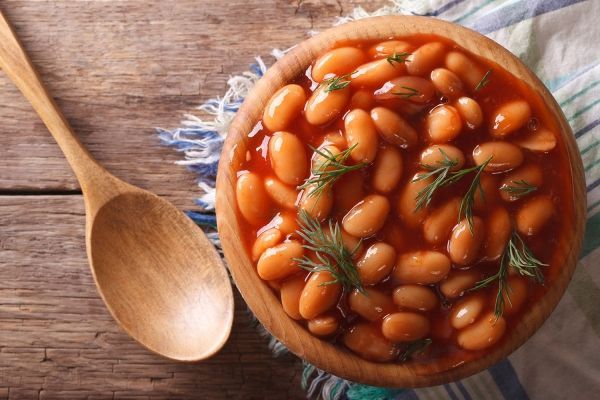Food production from this continually cropped land has skyrocketed — and its nutritional value has increased. Today’s production of more, better food from the same amount of healthier land means that tomorrow’s population may not go hungry. But is there logical science behind this illogical revolution?
Science, like revolutions, has many complexities, but key to this major change is a trio of farming tactics: planting pulses (beans, lentils and chickpeas, for example), rotating crops and embracing zero-till farming.
In simple gardeners’ terms that means we plant pulses one year, a cereal such as wheat or barley the next year and then an oil seed such as canola in the third year. And we never clean up the mess! After harvesting the grain or seeds, we leave the rest of the plant bits in the field, and we sow the next year’s crop directly into the field in amongst all that leftover plant residue.
It doesn’t look tidy, and it takes special equipment — but oh, the benefits!
Continue reading at University of Saskatchewan.
Image via Shutterstock.


